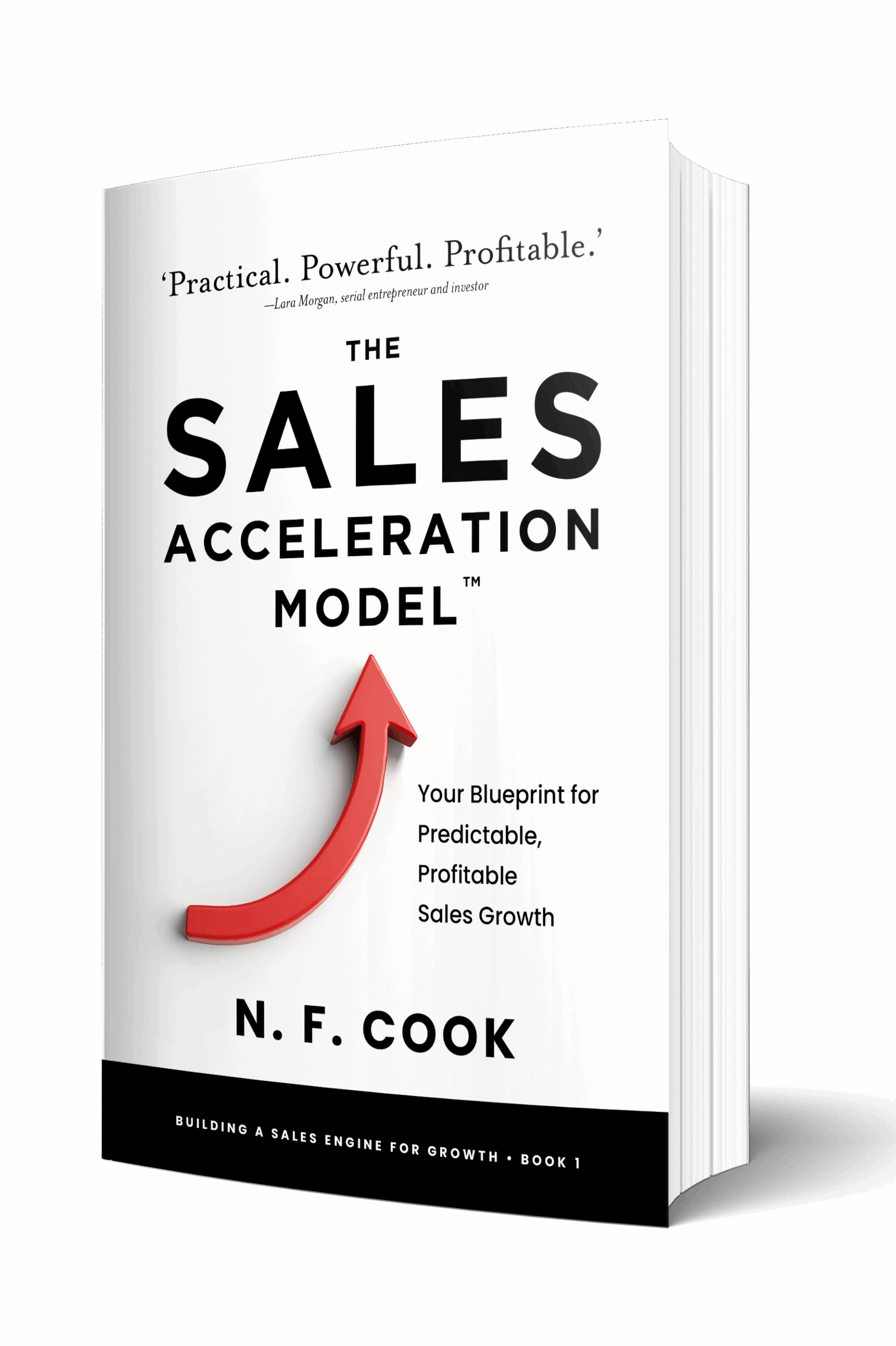Is it possible to grow a global brand and deliver big business results, yet retain the juiciness and creativity that drives a small business?
I’ve just come out of a meeting with one of my customers who is currently facing this challenge and it’s not the first time I’ve come across this problem. (I experienced it myself in my own business between 2006 and 2008).
Like most companies they have grown rapidly and passed through the phase when everyone is powered by adrenaline, creativity and a general desire to succeed with the common aim – what the management consultants label as ‘storming’.
This is the time that most entrepreneurs enjoy the most when everyone is flying by the seat of their pants, overcoming obstacles on a daily basis, wearing many many different hats in the business – one day you are Finance Director, the next Head of Customer Service and the next Chief Stationery Cupboard Monitor! Strategy meetings take place in service stations, round kitchen tables and often over a bottle of wine (not at the service stations mind you!)
You don’t worry so much about T’s being crossed and I’s being dotted or the fact that you haven’t been properly trained for all that is being asked of you, or that you lack money or resources. Instead, you are bonded by the common goal to create your vision, service your customers and make a difference. Decisions are made AND IMPLEMENTED quickly and everything generally happens at pace.
It’s an exciting time, exhausting mind you, but often these periods of creativity and growth bring out the best in people. It certainly separates the men from the boys.
Then comes a period of settling. Systems and procedures are standardised, roles become more clearly defined, IT is introduced, recruitment hits an all-time high. Often around this time, the business moves into new or purpose-built premises.
All very exciting, until you reflect back one day and realise that the initial creativity that got things moving has got up and left. The juice has gone, communication takes forever, things that once appeared beautifully simple now require much hoop-jumping to make happen and everything takes soooo much longer. People spend more time being re-active than pro-active, initiative and risk-taking are at an all-time low and if you are not careful you lose sight of your customer and they have to fit into your way of doing things, rather than the other way round.
So how can you avoid this happening?
I believe it is possible to create a global brand whilst maintaining that small business energy but for you, it may mean challenging the way you do things. Here are some ideas to get you going.
1. Break it up
In his autobiography ‘Losing My Virginity’ Richard Branson reveals how he handles this problem. He breaks up his companies. As soon as a company reaches a certain size (usually around the 250 employees mark) he swoops in and breaks it into two. He promotes two Directors into new MDs and everyone below them steps up a rank, then he sets everyone back on their way.
Some would argue that this strategy creates duplication of systems and functionalities that could be streamlined in one big conglomerate, but it definitively helps to retain that small business energy. And with more than 250 successful companies within the Virgin group, who can argue that this strategy doesn’t work.
2. Avoid ‘corporatedoom’
Corporatedoom is my jargon for that purpose built, all suited and booted, sleek but sterile work environment.
Some may not agree with my ethos, but I abhor these types of workspaces, maybe because I spent much of my twenties working in these type of corporate rabbit warrens (whilst wearing my power suits with shoulder pads so wide you almost had to turn sideways to get through a doorway!)
If you must house large numbers of people in one space, at least attempt to break up space into smaller enclosed areas with teams in close proximity. Personalise it and make it quirky – think Googleplex (If you don’t know what I’m talking about, go Google it!)
Personally, I would keep everyone in portacabins as I strongly believe that more creativity and hutzpah has emerged from leaky ‘temporary’ offices, back bedrooms and kitchen tables than from sleek modern office set-ups. The sterile environment elicits conformity and simply strips people of their initiative.
3. Grow or die
The only time you are ever truly still in life …. is when you’re dead! and the same is true for business.
If you fail to continuously stretch yourself, keep asking questions “What else can we create?” “How can we improve this?” in order to make the best even better, you will stagnate, regress backwards or worse still, your competition will overtake you.
Apple didn’t stop after creating the first iPod or iPhone. They refined it and refined it some more. They introduced us to the iPad then iPad2. The Macintosh has been superseded by the Apple Mac, the MacBook Air and MacBook Pro and a multitude of software Apps. They have educated their consumers to demand more from their technology. It’s almost inconceivable now to look back and remember what it was like before you could listen to your music, take a photo (and immediately upload it to cyberspace) access your calendar, send an email and more – and all from a handheld device disguised as a telephone!
Just as Apple has continuously stretched themselves over the past 10 years, business archives are also littered with business epitaphs of companies that plateaued before shrivelling up and dying. I can think of Woolworth’s, Crabtree & Evelyn and Pontins to name but a few.
Complacency will kill you, so keep growing or risk dying!
4. Let go
Eek! I hear all you control freaks say. Letting go can pose a challenge for businesses that have more than doubled their original size as you do need some boundaries and processes to ensure you don’t kill anyone or break the law and make a profit along the way, but these should not be at the expense of promoting initiative and fostering autonomy.
One way to encourage this is to use the ‘break it up’ philosophy but on a smaller scale, in that you give complete autonomy for specific set outcomes no matter how small to an individual or team. The real challenge, however, is holding back the next tier of management from interfering and stripping away ownership. There is no faster way to de-motivate your subordinates.
Only by giving people the ownership of their own results will you encourage them to break beyond their self-imposed conformities. If this is something you struggle with personally, then I teach a great model of ’7 Steps to Complete Delegation’, but that’s maybe for another post.
This strategy does obviously require some back-stops to catch any clangers before they impact customer experiences or bottom line profits. It is possible for one loose cannon to bring down an entire organisation. Who can forget the sorry tale of Nick Leeson and Baring’s Bank?
However, teach people to use their initiative, challenge the status quo and be resourceful with the little things on a daily basis, so encourage them to find their own solutions and stand by their decisions and you will develop a culture that behaves the same way no matter how enormous the challenge it faces.
5. Change it up
People can become stagnant very quickly (anywhere from 6 months to 2 years in the same role) so change it up and move them around.
In his book ‘Good to Great’ Jim Collins talks about recruiting for the bus rather than a specific seat on the bus. That means recruiting someone for their values and qualities first and their skills and experience second. That way they’ll jump on your bus, help you build your vision and will be much more adaptable to changes in their role and responsibility as the business moves forward.
If you label every specific seat on the bus and only recruit for that seat, if your bus changes direction making a particular role defunct then you may have a person that no longer fits with the vibe of your organisation.
So, recruit for the bus, then change it up. Move people into new roles, new teams, and new locations, and set them new challenges, that way you develop a highly flexible cross-functional workforce, whilst maintaining the individual’s motivation and helping them develop their career.
Think about how managers in some of the world’s largest conglomerates P&G, Shell, HSBC and De Vere frequently jiggle up and move around their management team.
6. Make it OK to be scared out of your wits!
The ONLY way to increase your confidence is to stretch beyond your comfort zone. You always know when you are about to break out of your comfort zone because this moment of breakthrough is always preceded by a feeling of the ‘willies’.
Corporate organisations hate that feeling. They often view this uncertainty as a ‘lack of control’, ‘poor planning’ or ‘poor training’, or they fear the consequences if things don’t go quite according to plan. Whereas the fact is, that business (like life) is never smooth and you don’t grow unless you are facing your fears and then taking that leap of faith into the abyss.
When a business, fuelled by an entrepreneurial spirit, is forming and then growing, everyone is scared and excited in equal amounts, so ensure you create a culture where it’s OK for people and teams to be a wee bit scared, they’ll be growing in confidence as a result.
And finally, if you really want to keep that small business energy running through your business veins, then MAKE IT A MUST. Don’t wait until your team and your business has become stagnant. Complacency in any walk of life is a dangerous trait. You may get away with it for a while, but if you’re not careful it’ll creep up on you before giving you a big slap across the face.
Stay true to your original business vision and serve your customers well. Live by your values and remember that the best decisions are often made around a kitchen table and over a bottle of wine.
To help you ensure you grow your business whilst maintaining your juice here are some templates to help you;
1. Strategic Yearly Plan for Management – Every company should have a fully communicated plan of priorities for the year. This document helps you capture the most important activities for the periods ahead.
2. Workload assessment task breakdown – A template against which to review workload priorities so you can see where the gaps are or where you may have an additional resource within your current team
3. Career Development Review – A recording system for a conversation about performance and career development plans supported by the company – and rewarded against to show appreciation for delivering beyond expectations.


